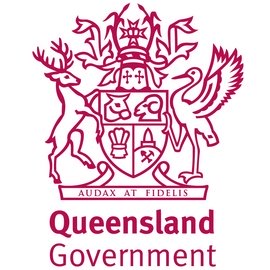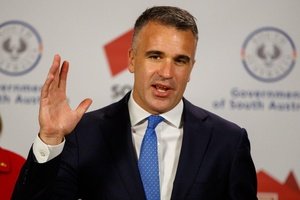The stakes are high. For too long, state and federal governments have led a chorus of anti-education voices and policies. Pushing teachers harder for kids’ academic results, gross under-investment and negative commentary have created a perfect storm driving teachers out of the profession.
Do not be fooled by the negative focus by some on teacher supply and on university-based teacher education: the real problem is deteriorating pay and working conditions in classrooms.
Greater supply is like adding further water to a badly leaking bucket. Attempts to solve the teacher crisis by deskilling the profession are not a credible solution either. Efforts to introduce on-the-job training have recently faltered in England.
Teacher shortages also disproportionately affect the most vulnerable student. Many individuals in this group lack stability in their home lives. For some students, the teacher is the only stable-role model adult in their life and a vital relationship for good.
Chronic staffing disruption at school will reduce the protective effect that school attendance is known to deliver for vulnerable students, leading to more anxiety and behaviour problems in classrooms.
Disadvantaged students, including those with a disability or who hail from indigenous backgrounds, have already suffered due to education policy vandalism over the last decade.
Australian education policy has increasingly measured teachers’ ‘quality’ via the academic performance of their students. Judging teachers via student performance is a deeply flawed policy because it disincentivises schools to include disadvantaged students who typically underperform academically or need extra resources to progress when compared to their non-disadvantaged peers.
Rising exclusion of vulnerable students across public education has been the net result of this damaging policy. Students with a disability and families detailed the horrendous impacts of exclusion from school at the Disability Royal Commission in 2020.
Discrimination and ‘grey’ illegal gatekeeping are featured in these accounts, with schools often failing to meet their legal duties. The worsening teacher shortage is likely to exacerbate this trend. Schools that can barely deliver the curriculum due to chronic staff shortages are less likely to have the capacity or resources to meet the individual needs of students with a disability.
It is also no coincidence that US and England, like Australia, have severe teacher shortages and have followed the same anti-education policy playbook. Emerging data from England highlights a sudden spike in school suspensions, and formal educational exclusions as schools struggle to deliver teaching and resort to exclusion as a way of managing the unmanageable.
There is hope amid the bad news about teacher shortages and failed education policy – in fact this moment of crisis could be a golden window.
Evidence-based educational reform for the long term is now achievable: changes that put the interest of children and teachers first, as opposed to policies providing reportable positive statistics for ministers’ news conferences, meeting the KPIs of education bureaucrats, or generating juicy market opportunities for commercial companies.
Australia also needs to follow its own route here for advancing our education system, rather than look to England or the US for inspiration and where gross social inequality prevents educational excellence.
Here are suggestions to ministers about actions necessary to reduce teacher shortages: end a misleading focus on boosting teacher supply; cease measurement of teacher success and ‘quality’ by focussing on the academic performance of students; increase teacher starting pay and boost increments; end casualisation and job insecurity in public education, especially the practice where teachers must re-apply for their own job each year; establish a well-resourced, research-based, national initiative to tackle teacher burnout; end criticism of teachers and ‘teacher bashing’ by politicians or other public figures; and help teachers to avoid ‘initiative overload’ and associated administration by helping schools to reduce time spent on unnecessary educational fads and fashions.
Gaps in research literacy amongst many educational leaders, low investment in educational research, and marketisation of learning have created a fertile environment for the growth of shiny initiatives that sap teacher time and energy.
For those interested, my new book Educational Trends Exposed provides practical help for school leaders to help them become discerning, critical consumers who avoid wasting energy and school budgets on unevidenced trends and snake oil initiatives that claim to boost student performance.
Children with disabilities and other vulnerable groups will benefit most from progressive reform of public education. This inclusive outcome should spur the education community to come together and reframe the dire problem of teacher shortages as an opportunity.
Educational Trends Exposed critically reviews the evidence base for 18 prominent trends. Practical tools are provided to help educational leaders think critically about whether to invest school budgets and teacher time in delivering popular educational initiatives.”















